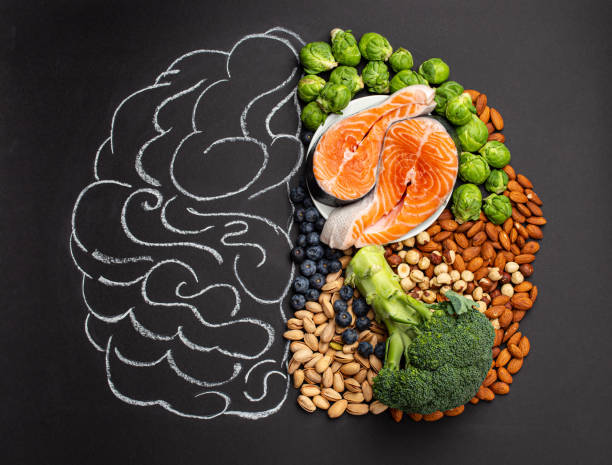Introduction
In today’s world, food is far more than just sustenance—it’s culture, identity, therapy, and even social currency. From trending TikTok recipes to gut-health smoothies and dopamine meals, what we eat now reflects how we live, feel, and connect with others.
As global food trends evolve, so do our eating habits. We’re becoming more conscious not just about taste, but also about how food affects our physical and emotional well-being. Whether it’s brain-boosting snacks or meals made for mindfulness, food is reshaping our lives—bite by bite.
The Rise of Functional Foods
Gone are the days when food was just about flavor. In 2025, people want meals that do more—boost immunity, enhance focus, improve sleep, and even reduce anxiety. Functional foods like matcha, fermented kimchi, chia pudding, and adaptogenic mushrooms are making their way into daily diets.
These “smart” ingredients support everything from digestion to mood regulation. For example, magnesium-rich foods like dark chocolate or pumpkin seeds are now praised for their calming effects. People aren’t just eating to feel full—they’re eating to feel better.
Mindful Eating: A Mental Health Movement
With rising awareness around mental health, mindful eating has become a powerful wellness trend. It encourages slowing down, savoring each bite, and tuning in to how your body feels. This practice helps reduce emotional eating, stress-induced cravings, and the guilt associated with food choices.
Mindful eating isn’t a diet—it’s a mindset. It invites people to build a healthier relationship with food by embracing enjoyment, not restriction. Even comfort food has a place, as long as it nourishes the soul as well as the body.
Food as Culture and Connection
Social media has turned food into a global language. Aesthetic brunches, viral street food, and traditional dishes from around the world are being shared and celebrated online. This has sparked a new appreciation for cultural cuisines and family recipes, bringing communities together through taste.
From Korean tteokbokki to Nigerian jollof rice, people are curious—and proud—to explore heritage through food. Sharing meals is more than eating—it’s storytelling, belonging, and a form of identity expression.
Sustainability on the Plate
As climate concerns grow, sustainable eating has become a priority for many. Plant-based meals, locally sourced ingredients, and zero-waste cooking are no longer niche—they’re mainstream.
Consumers are choosing foods that align with their values. Whether it’s oat milk over dairy, reusable packaging, or eating “imperfect” produce, people are realizing that small choices can have a big environmental impact.
The TikTok Test Kitchen
It’s impossible to talk about modern food without mentioning TikTok. The platform has turned amateur cooks into global trendsetters. Dishes like baked feta pasta, cloud bread, and salmon rice bowls became instant sensations, reshaping grocery shopping lists and meal prep routines.
But beyond trends, TikTok has democratized food content—highlighting budget-friendly meals, cultural authenticity, and personal stories behind recipes. It’s made cooking feel accessible, fun, and even therapeutic.
Conclusion
Food today is more powerful—and personal—than ever. It reflects who we are, how we feel, and what we care about. Whether you’re reaching for a probiotic drink, a bowl of nostalgic soup, or a plant-based burger, each choice tells a story.
In a fast-changing world, food keeps us grounded. It nourishes not just our bodies, but our minds, cultures, and communities. So let’s eat with intention, curiosity, and joy—because food is life, and every bite matters.

Leave a Reply